Preserving Beauty: The Evolution of Drying and Pressing Flowers
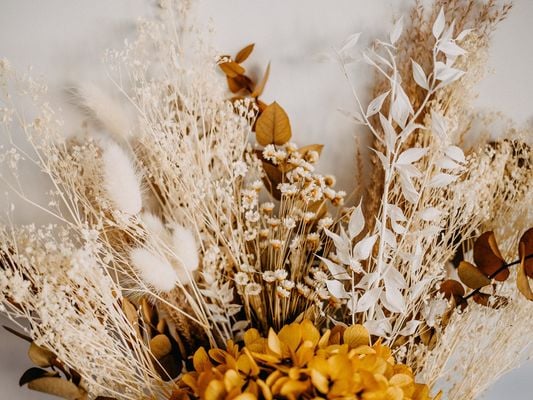
Preserving Beauty: The Evolution of Drying and Pressing Flowers
For centuries, humans have sought to capture the ephemeral beauty of flowers. Their vibrant colours, diverse forms, and fragrant aromas have inspired countless works of art, literature, and even scientific study. One aspect of this fascination has been the quest to preserve flowers, to make their transient splendour endure beyond their natural lifespan. This endeavour has led to the development of numerous techniques over the years, each unique in its approach but united by a common goal: to prolong the beauty of blooms.
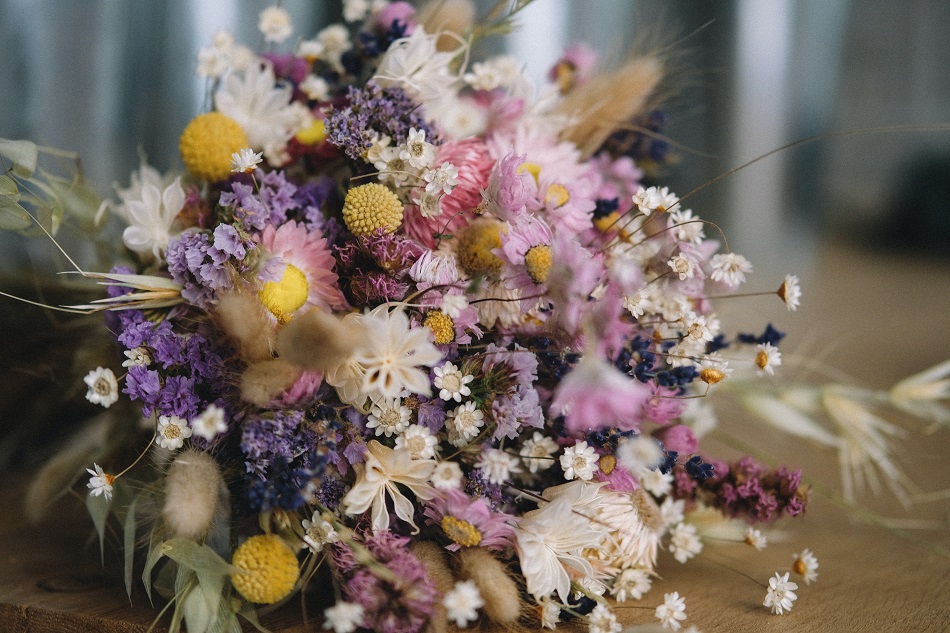
From ancient methods of drying and pressing flowers to the modern techniques that utilise the latest technology, the art and science of flower preservation have evolved significantly. This evolution is not merely a tale of technical innovation; it reflects our deep-rooted appreciation for nature and our desire to capture its fleeting beauty in lasting ways. It's a story that spans cultures and epochs, from the burial chambers of Egyptian pharaohs to the parlour rooms of Victorian England, and from the pages of botany books to the diverse digital marketplaces of the 21st century.
In this article, we invite you to journey through the fascinating history of flower preservation techniques. We'll delve into the origins of these practices, explore their cultural significance, and highlight how they've been transformed in the modern era. We'll also provide a glimpse into the innovative ways you can enjoy preserved flowers today. By the end of this exploration, you will not only gain a deeper understanding of the techniques used to create long-lasting blooms but also appreciate the timeless allure of preserved flowers.
For more innovative ways to enjoy your blooms, check out our category Buy Plants Online which offers a variety of preserved flowers like the ever-popular Opulent Orchids and the exotic Bromeliad Beauty. These plants provide a durable and attractive alternative to fresh flowers, giving you the beauty of a bloom without the hassle of regular maintenance.
The Genesis of Flower Preservation
The practice of preserving flowers has deep historical roots. The urge to retain the fleeting beauty of blooms transcends culture and time, with evidence of this practice appearing across continents and centuries.
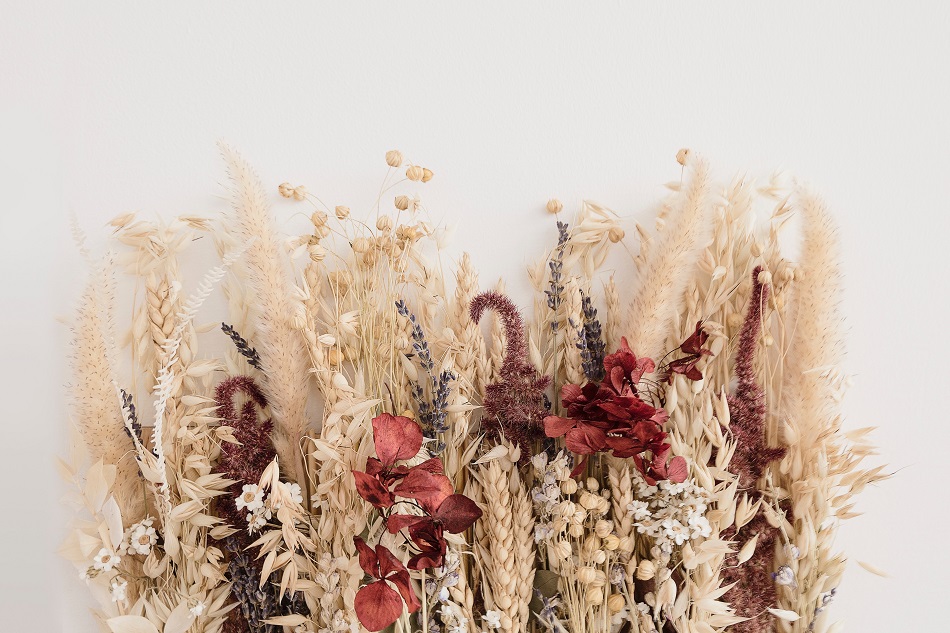
The Ancient Egyptians, for instance, valued flowers not only for their beauty but also for their symbolic significance. They used flowers and plants extensively in their religious ceremonies and funeral rituals. They even developed early methods of preservation to ensure that these offerings would last. The tombs of Pharaohs were frequently filled with dried flowers, plant material, and herbs, all meticulously preserved to withstand the passage of time. This early form of preservation mainly involved drying and, although rudimentary by today's standards, it was a pioneering start.
Meanwhile, in Asia, particularly in China and Japan, flowers have been an integral part of cultural and religious practices for millennia. The Chinese art of flower arrangement, known as 'Ikebana', often utilised preserved flowers to symbolise the transient nature of life, embodying the Buddhist principle of impermanence. To preserve the flowers, techniques like pressing, drying, and even early forms of lacquering were employed.
The tradition of preserving flowers took on a different tone during the Middle Ages in Europe. Monasteries cultivated and preserved flowers for their medicinal properties. They were dried and stored, their essences extracted for use in remedies, and their symbolic meanings incorporated into religious texts.
The Victorian era in the United Kingdom saw the art of flower preservation truly flourish. During this period, it was popular to press flowers and leaves in books or to dry them in posies as keepsakes or for use in creating pieces of art. This practice was a reflection of the Victorian fascination with nature and the romantic ideal of capturing fleeting beauty.
The 20th century brought technological advances that revolutionised the art of flower preservation. Techniques such as freeze-drying and silica gel drying were introduced, making it possible to preserve flowers in a near-natural state for years. These modern methods have paved the way for an array of preserved flowers that retain their vibrant colours and delicate structures, a far cry from the simple dried flowers of the past.
From these historical beginnings to the present day, the evolution of flower preservation techniques has been driven by a universal appreciation for the beauty of blooms and a desire to make their ephemeral splendour last. The genesis of flower preservation is not just a tale of technical advancement but a reflection of our enduring love for nature's fleeting masterpieces.
The Art of Drying Flowers
The drying of flowers is an art form that has been passed down through the generations, tracing its origins back to ancient civilisations. It is a craft that marries the appreciation of beauty with a respect for nature's ephemeral offerings. The act of drying flowers not only extends the lifespan of these delicate organisms but also transforms them into objects of enduring beauty and sentiment.
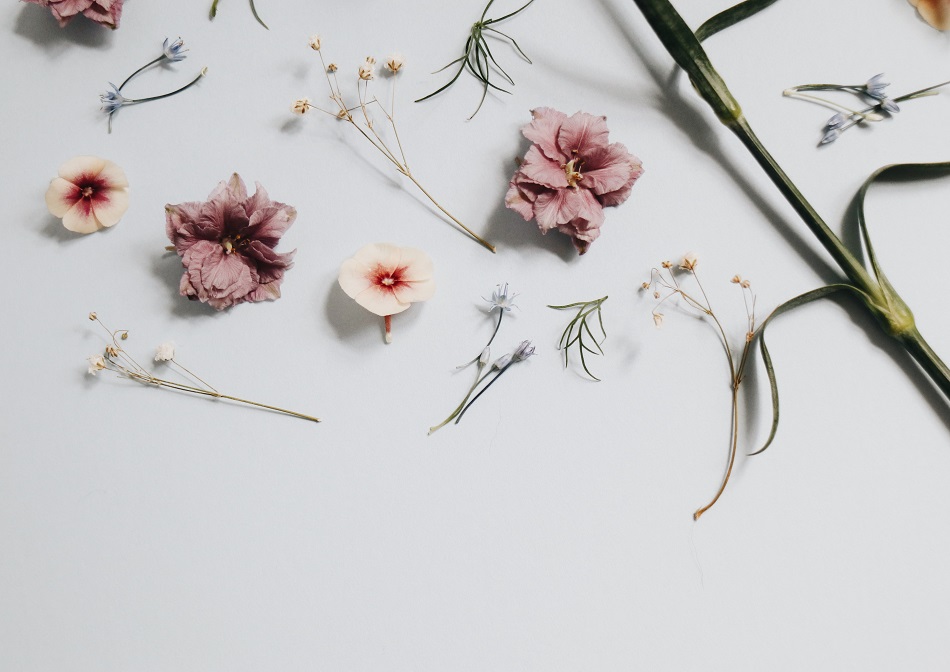
The methods employed in the drying process vary greatly, each offering its unique aesthetic result. Some methods prioritise maintaining the flower's original form and colour, while others embrace the transformation brought about by desiccation, resulting in blooms that are steeped in an entirely different kind of beauty.
Air drying is perhaps the simplest and most traditional method, dating back to the times of the Egyptians. This technique involves hanging flowers upside down in a dry, dark, well-ventilated area for several weeks. The darkness helps the flowers retain as much of their original colour as possible, while the dry environment prevents the growth of mould.
Pressing is another age-old technique where flowers are placed between sheets of absorbent paper and then weighed down or clamped tight. Over time, the moisture is drawn out, leaving flat, dried specimens. This method is ideal for preserving flowers for use in art or craft projects, as the pressed flowers can be easily adhered to paper or fabric.
Silica gel drying is a more modern technique that enables the preservation of flowers in a near-natural state. The flowers are buried in a container of silica gel, a substance that absorbs moisture. This method is particularly effective for preserving the shape and colour of delicate blooms, as the silica gel supports the petals during the drying process and prevents them from wilting or shrivelling.
Yet another approach is microwave drying, a quick and efficient method. Similar to silica gel drying, flowers are placed in a container with a desiccant, but in this case, the process is expedited by the use of a microwave. The results are almost instantaneous, and while this method may not be suitable for all types of flowers, it can produce stunning results with the right blooms.
Finally, there's freeze-drying, a sophisticated process that involves freezing the flowers and then placing them in a vacuum chamber to remove their moisture content. This technique retains the flowers' original shape and colour to a high degree, resulting in a product that closely resembles the fresh bloom.
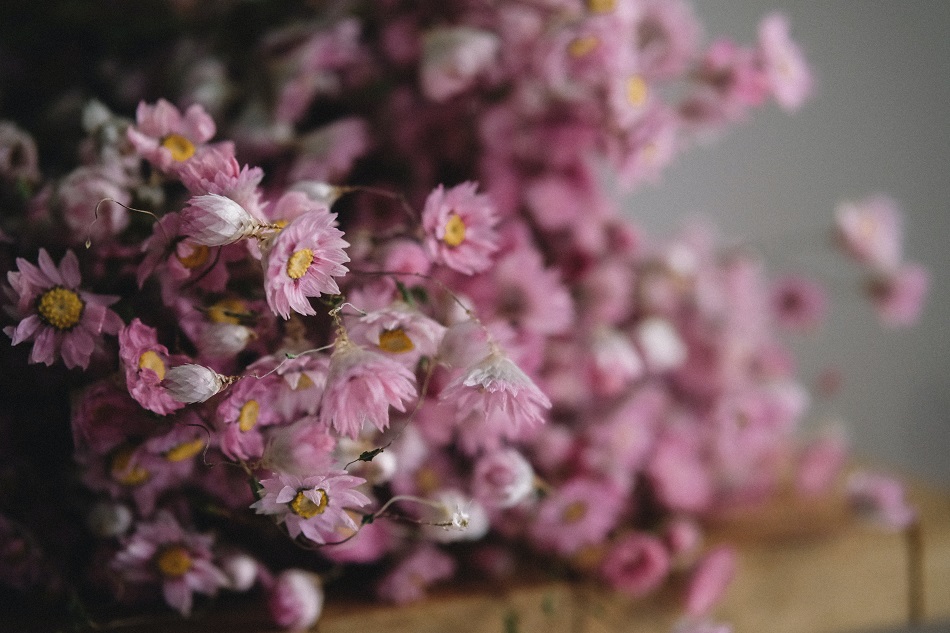
The art of drying flowers requires patience and care, as each flower is unique in its structure and moisture content, necessitating a thoughtful approach to its preservation. Whether they are cherished as keepsakes, displayed as home décor, or used in artwork, dried flowers carry a unique charm that celebrates the beauty of nature in its most enduring form.
Drying Flowers Tips
- Choose the right flowers: Not all flowers dry well, so it's important to choose the right ones. Roses, lavender, hydrangeas, and baby's breath are some examples of flowers that dry beautifully. Blooms with high water content like tulips or calla lilies, on the other hand, may not preserve as well.
- Harvest at the right time: The best time to cut flowers for drying is in the late morning, after any dew has evaporated but before the heat of the day. Blooms should be in their prime or just before full bloom when cut for drying.
- Prepare the flowers: Remove any excess foliage from the stems and if you're air drying, tie the ends of the stems together with a rubber band or string. If you're pressing, you'll want to carefully lay the flowers out flat, ensuring petals don't overlap.
- Choose the right drying method: As mentioned previously, different drying methods yield different results. Air drying works well for sturdy flowers like roses or small, delicate flowers like lavender. Pressing is excellent for flat flowers like pansies, while silica gel drying or freeze-drying are better suited for larger, more delicate flowers.
- Choose the right environment: For air drying, choose a dry, dark, and well-ventilated area. Darkness helps the flowers retain their colour, and airflow helps prevent mould. For other methods, follow the specific instructions for best results.
- Be patient: Drying flowers can take anywhere from a few days to a couple of weeks, depending on the method and type of flower. It's important not to rush the process to ensure the best preservation of the flowers' shape and colour.
- Store them properly: Once your flowers are dry, keep them out of direct sunlight, which can cause them to fade. Also, keep them in a cool, dry place to prevent them from absorbing moisture and becoming mouldy.
Remember, drying flowers is an art, not an exact science. Don't be discouraged if your first few attempts don't turn out as expected. With practice and patience, you can master the art of drying flowers and enjoy the beauty of your favourite blooms all year round.
Pressing Blooms Through the Ages
Pressing is a flower preservation technique that transforms blooms into two-dimensional versions of their original selves, perfect for decorative purposes. This method involves placing the flowers between absorbent materials and applying pressure over time.
As discussed in our previous blog post, Flower Arranging 101: A Beginner's Guide to Styling Your Own Floral Arrangements, pressed flowers can add an artistic touch to various DIY crafts and home décor items.
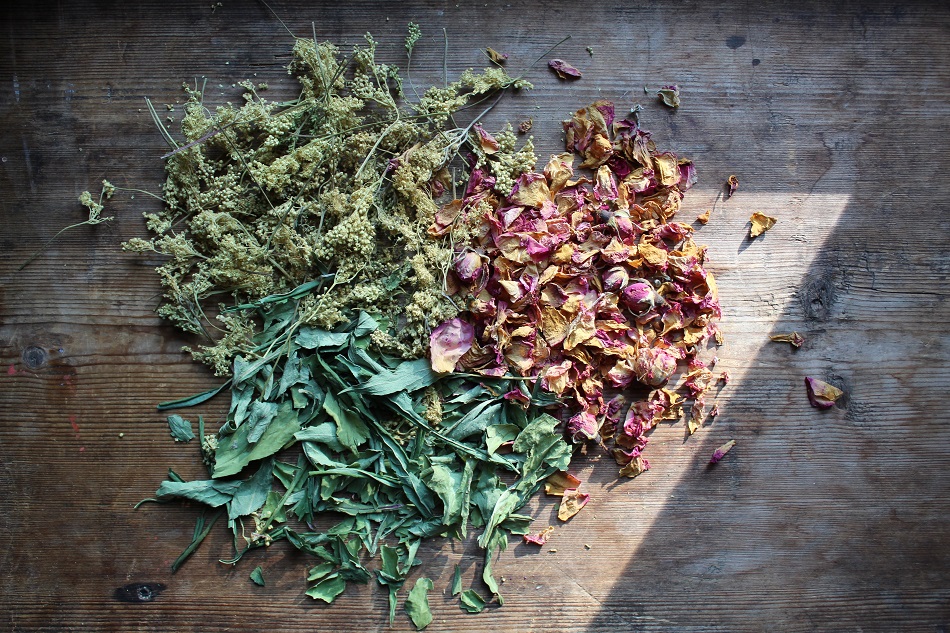
The art of pressing flowers, also known as 'Oshibana', has been around for centuries. It is believed to have started in Japan during the Heian period (794 to 1185), where it was used to preserve the beauty of the changing seasons. The delicate blooms and leaves were pressed and then used to adorn traditional Japanese paper, known as 'washi'.
The practice later spread to China, where it was often used in conjunction with painting and calligraphy to create beautiful works of art. In both of these cultures, the practice of pressing flowers was seen as a way of celebrating nature and its transient beauty.
During the Victorian era in the United Kingdom, pressing flowers became a popular pastime, especially amongst the upper classes. It was seen as a genteel activity, suitable for young women. They would gather flowers from their gardens or during countryside walks and press them into books. These 'floriographies' or flower dictionaries were then used to decode the meanings of different flowers, a popular pastime in an era where communication was often indirect and laden with symbolism.
Victorian-era flowers were also pressed and used in scrapbooks, stationery, and even framed as wall decorations. Pressed flowers were also often used in botanical studies, as the process of pressing and drying the flowers allowed for long-term storage and study.
In modern times, the art of pressing flowers has seen a resurgence. It's used not only as a way to preserve the beauty of flowers for decorative purposes, but also as a mindful activity, encouraging patience and a connection with nature. Today, pressed flowers can be found adorning greeting cards, bookmarks, jewellery, and various forms of artwork.
Whether for art, science, or sentiment, the practice of pressing flowers has stood the test of time, passing through ages and cultures. It continues to be a cherished method of capturing the fleeting beauty of nature's blooms.
Modern Innovations in Flower Preservation
The advent of technology and science has given birth to modern techniques that not only preserve the shape and texture of the flowers, but also their vibrant colours for extended periods. Let's delve into some of these innovative methods:
- Silica Gel Drying: Unlike the traditional air-drying method, silica gel drying is an effective modern technique that helps retain the colour and shape of the flowers. The flowers are buried in silica gel, which extracts the moisture whilst preserving the flowers. This method is particularly beneficial for larger, more robust flowers like roses or sunflowers.
- Freeze Drying: This is a more technologically advanced process that involves freezing the flowers, then reducing the surrounding pressure and adding heat to allow the frozen water in the material to sublimate. This method maintains the flowers' colour and structure far better than traditional methods.
- Resin Preservation: Immersing flowers in resin allows for the creation of three-dimensional pieces of art, jewellery, or keepsakes. The resin not only preserves the flower but also gives it a glossy finish, enhancing its natural beauty.
- Microwave Drying: This is a faster technique of drying flowers. Flowers are placed between absorbent material and microwaved. This method, though quick, can be a little tricky as different flowers require different amounts of time and heat.
- Glycerine Treatment: By replacing the water within the plant tissues with glycerine, this method leaves the flowers soft and supple. It's particularly effective with foliage, giving leaves a glossy, fresh appearance.
In addition to these, there are other methods like lacquering, waxing, and using hairspray, all aiming to achieve the best possible preservation of the flowers' natural beauty.
With these advancements, it has become possible to hold onto those precious blooms from special occasions or simply prolong the enjoyment of seasonal flowers, thereby keeping their memory alive for years.
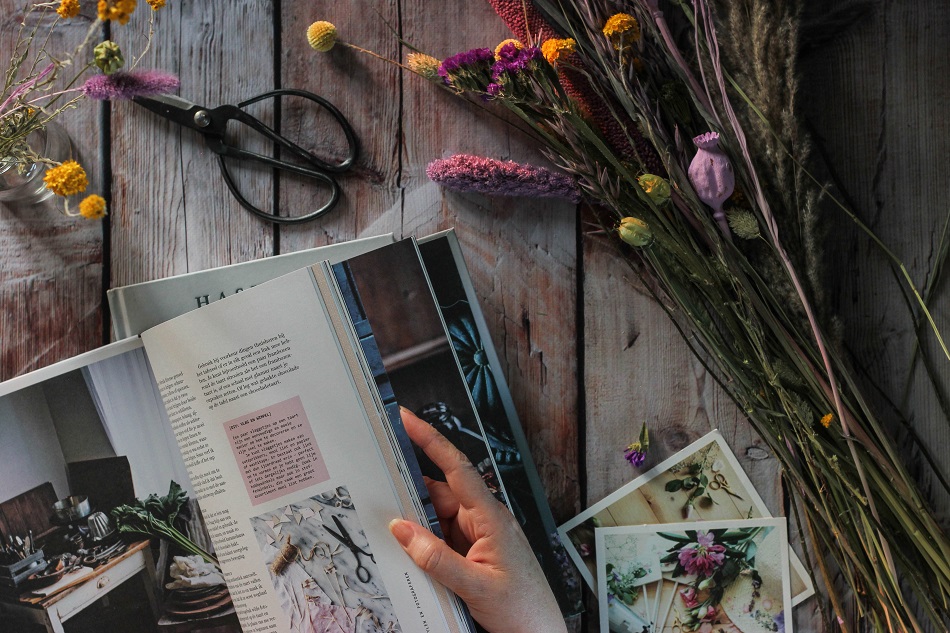
For more innovative ways to enjoy your blooms, check out our category Buy Plants Online which offers a variety of preserved flowers like the ever-popular Opulent Orchids and the exotic Bromeliad Beauty. These plants provide a durable and attractive alternative to fresh flowers, giving you the beauty of a bloom without the hassle of regular maintenance.
Summing Up...
The story of flower preservation is a testament to our enduring love for these natural wonders. From the ancient Egyptians to the Victorians and now to the modern-day plant enthusiast, the aim remains the same — to capture the fleeting beauty of blooms and make it last.
Whether you're an avid gardener, a history buff, or simply someone who appreciates the beauty of flowers, the tale of flower preservation techniques and the evolution of drying and pressing blooms is bound to captivate you. So why not bring a piece of this history home? Check out our wide range of preserved flowers in our All Flowers category and let the eternal charm of preserved blooms grace your spaces.
